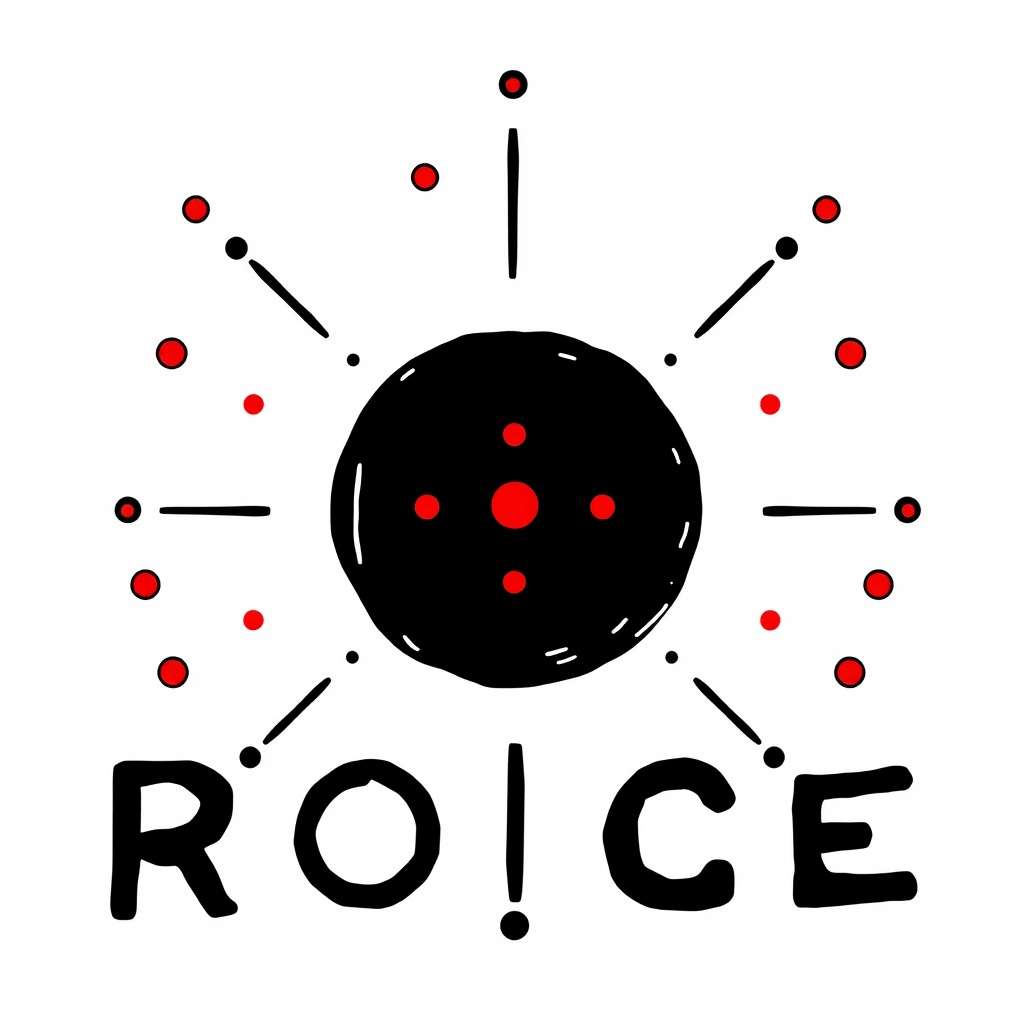Sustainability metrics vary globally based on regional regulations, economic priorities, and resource availability. Here’s a breakdown of how these key metrics differ across regions:
1. Carbon Emissions Reduction (CO₂e Reduction)
- Europe:
- Leading the charge with strict regulations under the EU Green Deal and Emissions Trading System (ETS).
- Carbon neutrality goals by 2050 drive adoption of renewable energy and carbon capture technologies.
- High carbon taxes incentivize CO₂ reductions aggressively.
- North America:
- U.S. and Canada focus on incentivizing reductions via tax credits (e.g., 45Q for carbon capture).
- Sector-specific goals, like methane reduction in oil and gas, shape CO₂ priorities.
- State-level initiatives (e.g., California’s cap-and-trade system) amplify efforts.
- Asia-Pacific:
- Varies widely by country: China is scaling renewable energy but still has significant coal reliance; Japan focuses on hydrogen innovation.
- Emerging markets like India focus on balancing development with gradual CO₂ reduction.
- Middle East & Africa:
- Oil-exporting nations (e.g., UAE, Saudi Arabia) explore carbon capture and green hydrogen.
- Developing nations prioritize economic growth, with slower CO₂ reduction adoption.
2. Energy Efficiency
- Europe:
- Energy efficiency mandates under the Energy Efficiency Directive.
- Strong focus on smart grids, building retrofits, and industrial efficiency.
- North America:
- Emphasis on energy efficiency in buildings and transportation.
- Federal incentives for industrial retrofits (e.g., Energy Star program).
- Asia-Pacific:
- High investment in energy-efficient technologies in advanced economies (e.g., Japan, South Korea).
- Developing nations prioritize affordable solutions (e.g., energy-efficient lighting, appliances).
- Middle East & Africa:
- Focused on energy efficiency to conserve resources and reduce reliance on imports.
- Industrial efficiency programs emerging in oil and gas hubs.
3. Adoption of Renewable and Green Technologies
- Europe:
- Significant investment in wind, solar, and green hydrogen under renewable energy targets.
- Strong integration of renewables into energy grids.
- North America:
- Accelerating wind and solar projects, particularly in the U.S. and Canada.
- Hydrogen adoption is growing but still in early stages.
- Asia-Pacific:
- China leads global renewable energy capacity growth.
- Japan and South Korea are pioneers in hydrogen technologies.
- Middle East & Africa:
- Solar projects dominate due to abundant sunlight (e.g., Saudi Arabia’s NEOM).
- Green hydrogen projects are gaining traction as diversification efforts progress.
4. Waste Reduction and Circular Economy Practices
- Europe:
- Leader in circular economy policies (e.g., Circular Economy Action Plan).
- Strong emphasis on recycling, reuse, and industrial symbiosis.
- North America:
- Growing focus on circular economy, especially in manufacturing and packaging.
- Federal programs to reduce food waste and single-use plastics.
- Asia-Pacific:
- Japan and South Korea have advanced circular economy frameworks.
- Developing countries prioritize waste reduction over reuse due to infrastructure constraints.
- Middle East & Africa:
- Circular economy is in its infancy, with limited large-scale adoption.
- Focus is on reducing construction waste and water recycling.
5. ESG Compliance
- Europe:
- Most rigorous ESG reporting requirements under the Corporate Sustainability Reporting Directive (CSRD).
- High investor scrutiny on ESG performance.
- North America:
- Growing momentum for ESG disclosures, with voluntary standards like SASB and TCFD becoming common.
- SEC proposals aim to make ESG disclosures mandatory.
- Asia-Pacific:
- Varied adoption: Japan, South Korea, and Australia have advanced ESG standards, while other nations are in early stages.
- Middle East & Africa:
- ESG is gaining traction, particularly in the Middle East for attracting foreign investment.
- Limited enforcement in many African nations.
6. Customer-Specific Sustainability Outcomes
- Europe:
- Customers demand carbon-neutral or net-zero supply chains, particularly in automotive and manufacturing.
- North America:
- Consumers favor energy-efficient and environmentally friendly products.
- Corporate buyers prioritize suppliers with strong sustainability credentials.
- Asia-Pacific:
- Focused on affordable and scalable sustainability solutions.
- Sustainability is often a secondary factor after price.
- Middle East & Africa:
- Customer sustainability demands are emerging, driven by international markets and partnerships.
- Limited domestic demand compared to developed regions.
Global Summary of Variations
- Developed Markets (Europe, North America, Japan): High emphasis on CO₂ reduction, ESG compliance, and circular economy practices.
- Emerging Markets (Asia-Pacific, Africa): Prioritize energy efficiency and waste reduction for affordable, scalable sustainability solutions.
- Oil-Producing Regions (Middle East): Leading in green hydrogen and carbon capture to diversify economies and meet global standards.





